Home>Garden Essentials>How To Make A Neutral Loamy Soil Mix
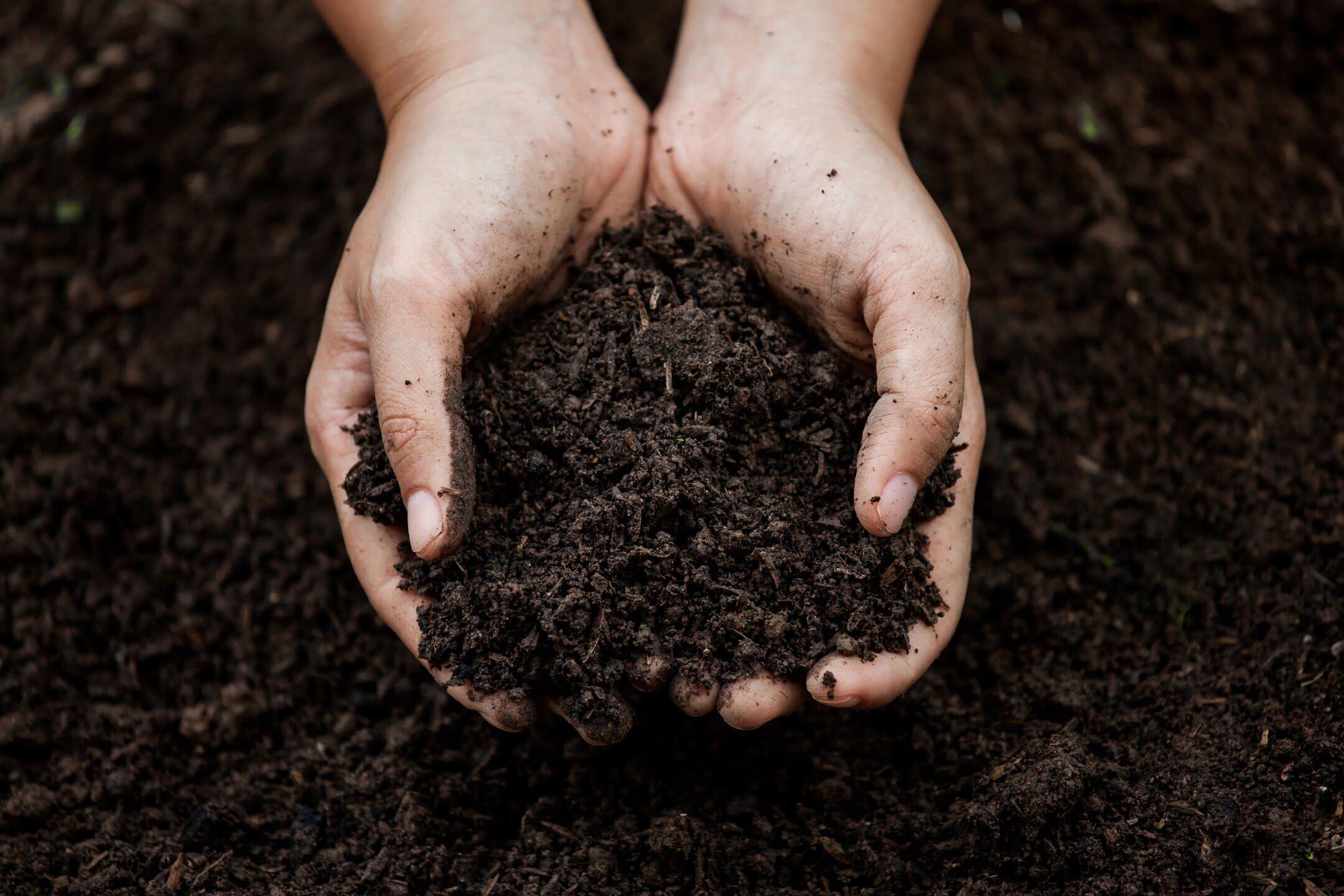

Garden Essentials
How To Make A Neutral Loamy Soil Mix
Modified: August 17, 2024
Learn how to create the perfect garden soil mix with our easy step-by-step guide. Improve your gardening results with a neutral and loamy soil mix.
(Many of the links in this article redirect to a specific reviewed product. Your purchase of these products through affiliate links helps to generate commission for Storables.com, at no extra cost. Learn more)
Introduction
Gardening is not just about planting seeds or watering plants. It’s about creating the optimal environment for plants to thrive and reach their full potential. One crucial factor that determines the success of any garden is the quality of the soil. Different plants have different soil preferences, and understanding how to create the right soil mix can make a world of difference in your garden’s productivity.
One type of soil mix that works wonders for a wide range of plants is a neutral loamy soil mix. This mix combines a balanced pH level with the ideal texture for plant roots to penetrate and access essential nutrients. In this article, we will explore the ins and outs of making a neutral loamy soil mix and why it’s a game-changer for your garden.
Key Takeaways:
- Creating a neutral loamy soil mix provides plants with the perfect balance of nutrients, water, and drainage, leading to healthier and more productive gardens.
- Maintaining a neutral loamy soil mix involves monitoring pH, adding organic matter, and practicing sustainable gardening, ensuring a nurturing environment for thriving plants.
Read more: How To Make Potting Soil Mix
Understanding Neutral Loamy Soils
Before we dive into making a neutral loamy soil mix, let’s understand what it actually means. Neutral soil refers to a pH level around 7 on the scale of 1 to 14, where 7 is considered neutral, below 7 is acidic, and above 7 is alkaline. Loamy soil, on the other hand, is the holy grail of gardening soil, known for its optimal blend of sand, silt, and clay that creates a light, well-draining texture.
When you combine neutral pH with loamy soil, you get a winning combination for plant growth. The neutral pH ensures that essential nutrients are readily available to the plants, while the loamy texture provides the right balance of water retention and drainage.
Importance of Soil pH in Plant Growth
Soil pH plays a crucial role in plant growth. Each plant requires a specific pH range to access and absorb the nutrients it needs. If the soil pH is too acidic or too alkaline, it can restrict nutrient availability and affect plant productivity. By aiming for a neutral pH, you create an optimal environment for a wide variety of plants to thrive.
Neutral pH allows nutrients, such as nitrogen, phosphorus, and potassium, to easily dissolve and be absorbed by the roots. It also promotes the activity of beneficial soil organisms that break down organic matter into nutrients that plants can use.
Ingredients for Making a Neutral Loamy Soil Mix
To create a neutral loamy soil mix, you will need a few essential ingredients:
- Topsoil: High-quality topsoil forms the base of your soil mix. Look for organic or compost-enriched options for added nutrients.
- Compost: Compost adds organic matter, improves soil structure, and enhances nutrient availability.
- Perlite or Vermiculite: These additives help improve drainage and aeration in the soil mix.
- Peat Moss: Peat moss is another organic matter that enhances water retention and adds acidity to the soil mix if needed.
- Sand: Adding sand improves drainage in the soil mix, preventing it from becoming too compacted.
Key Takeaways:
- Creating a neutral loamy soil mix provides plants with the perfect balance of nutrients, water, and drainage, leading to healthier and more productive gardens.
- Maintaining a neutral loamy soil mix involves monitoring pH, adding organic matter, and practicing sustainable gardening, ensuring a nurturing environment for thriving plants.
Read more: How To Make Potting Soil Mix
Understanding Neutral Loamy Soils
Before we dive into making a neutral loamy soil mix, let’s understand what it actually means. Neutral soil refers to a pH level around 7 on the scale of 1 to 14, where 7 is considered neutral, below 7 is acidic, and above 7 is alkaline. Loamy soil, on the other hand, is the holy grail of gardening soil, known for its optimal blend of sand, silt, and clay that creates a light, well-draining texture.
When you combine neutral pH with loamy soil, you get a winning combination for plant growth. The neutral pH ensures that essential nutrients are readily available to the plants, while the loamy texture provides the right balance of water retention and drainage.
Neutral loamy soils have several key characteristics that make them highly beneficial for gardening:
- Optimal Drainage: Loamy soils have a balanced mixture of sand, silt, and clay, allowing for proper drainage. Excessive water drains away, preventing waterlogged conditions that can suffocate plant roots.
- Water Retention: Despite their excellent drainage, loamy soils retain adequate moisture for plant uptake. They hold onto just the right amount of water, preventing drought stress in plants.
- Good Aeration: The presence of sand in loamy soil creates pores that allow for the movement of air. This promotes healthy root development, as plant roots need oxygen to thrive.
- Nutrient Availability: Neutral pH in loamy soils ensures that essential nutrients like nitrogen, phosphorus, and potassium are readily available to plants. This allows for optimal growth and productivity.
- Workability: Loamy soils are easy to work with, making it simpler for gardeners to till, plant, and maintain their gardens. The loose texture makes it easier for roots to penetrate and establish themselves in the soil.
Neutral loamy soils are ideal for a wide variety of plants, including vegetables, flowers, herbs, and shrubs. Whether you’re a beginner or an experienced gardener, working with neutral loamy soils can significantly enhance your gardening success.
It’s important to note that not all garden soils naturally have a neutral pH or ideal loamy texture. Soils can vary in pH and composition based on factors such as region, climate, and previous land use. That’s why it’s essential to create a custom soil mix that meets your plant’s specific needs, and that’s where making a neutral loamy soil mix comes into the picture.
Now that you understand the foundation of neutral loamy soils, let’s dive into the steps of creating your own soil mix that will set the stage for flourishing plants.
Importance of Soil pH in Plant Growth
Soil pH plays a crucial role in determining the availability of nutrients to plants and their overall growth and development. pH is a scale that measures the acidity or alkalinity of a substance, and soil pH influences the solubility and accessibility of essential nutrients for plant uptake.
Most plants have a preferred pH range in which they thrive. Some plants prefer acidic soil with a pH below 7, while others thrive in alkaline soil with a pH above 7. However, there is a broad range of plants that prefer neutral pH, which falls around 7 on the pH scale.
One of the main reasons why pH is important for plant growth is that it directly affects nutrient availability. Different nutrients have different solubilities at various pH levels. For example, in acidic soil, nutrients such as iron, manganese, and aluminum become more available to plants. In contrast, alkaline soil can limit the availability of micronutrients like zinc and copper.
When soil pH is outside the preferred range for a particular plant, nutrient imbalances can occur. If the soil is too acidic or alkaline, nutrients may become locked up in the soil, making them unavailable for plants to uptake. This can result in nutrient deficiencies and affect the plant’s ability to grow, flower, and produce fruit or vegetables.
Furthermore, soil pH influences the activity of beneficial microorganisms in the soil. These microorganisms play a vital role in breaking down organic matter, releasing nutrients, and improving soil structure. Certain microorganisms thrive in acidic soil, while others prefer neutral or alkaline conditions. Maintaining the appropriate pH level in the soil helps to support a healthy and diverse microbial community, contributing to overall soil health and plant vitality.
It’s worth noting that some plants have specific pH preferences. For example, acid-loving plants like blueberries and azaleas thrive in acidic soil, while plants like asparagus and spinach prefer slightly alkaline conditions. Understanding the pH preferences of your plants can help you tailor your gardening practices and create the optimal soil conditions for their growth.
Regular soil testing is essential to determine the pH level of your soil. You can use a pH testing kit or send a soil sample to a laboratory for analysis. If your soil pH is outside the desired range for your chosen plants, you can adjust it by amending the soil with organic matter or applying specific soil amendments like lime or sulfur.
By maintaining the appropriate soil pH for your plants, you can maximize nutrient availability, support beneficial soil microorganisms, and create an environment where your plants can thrive and flourish.
Ingredients for Making a Neutral Loamy Soil Mix
To create a neutral loamy soil mix, you will need a few essential ingredients. These ingredients work together to provide the ideal balance of nutrients, drainage, and water retention for your plants. Here are the key components:
- Topsoil: High-quality topsoil forms the foundation of your soil mix. Look for topsoil that is rich in organic matter. Organic topsoil contains decomposed plant material that provides essential nutrients and improves soil structure. It should be free from contaminants such as pesticides and herbicides.
- Compost: Compost is a crucial ingredient that adds organic matter to your soil mix. It enriches the soil with nutrients, enhances soil structure, promotes beneficial microbial activity, and improves water-holding capacity. You can make your own compost using kitchen scraps, yard waste, and other organic materials, or purchase compost from reputable sources.
- Perlite or Vermiculite: These are mineral additives that improve the drainage and aeration of the soil mix. Perlite is a volcanic rock that has been heated to create lightweight and porous particles, while vermiculite is a naturally occurring mineral that expands when heated, creating a lightweight and moisture-retaining material. Both provide air spaces in the soil, preventing it from becoming compacted and allowing roots to access oxygen.
- Peat Moss: Peat moss is another organic matter that helps improve water retention and adds acidity to the soil. It holds moisture well, providing a consistent water supply to plant roots. Peat moss also contributes to the overall structure of the soil, increasing its workability. However, it’s worth noting that peat moss is not a sustainable resource, so you may consider using alternatives like coconut coir or well-decomposed leaf mold.
- Sand: Adding sand to your soil mix helps improve drainage and prevent it from becoming overly compacted. It creates spaces between soil particles, allowing excess water to drain away and roots to penetrate more easily. Opt for coarse sand rather than fine sand to avoid clogging the soil pores.
When combining these ingredients, aim for a balanced mix. You can start with equal parts of topsoil, compost, and peat moss. Adjust the proportions based on your specific requirements and the needs of the plants you intend to grow. Add perlite or vermiculite and sand gradually, assessing the texture and drainage as you go.
Remember, the success of your soil mix depends on the quality of the ingredients. Use high-quality, organic materials whenever possible. Avoid using soil from your garden, as it may contain pests, diseases, or imbalances in pH and nutrient levels.
By incorporating these ingredients into your neutral loamy soil mix, you’ll create an ideal growing medium that provides the necessary nutrients, water retention, drainage, and aeration for your plants. It’s the foundation for a healthy and thriving garden.
Steps to Make a Neutral Loamy Soil Mix
Creating a neutral loamy soil mix for your garden is a straightforward process that involves combining the right ingredients in the correct proportions. Follow these steps to make your own nutrient-rich, well-draining soil mix:
- Prepare the containers: Start by gathering containers or a designated area for mixing the soil. Ensure that the containers are clean and free from any contaminants.
- Gather the ingredients: Collect the necessary ingredients for your soil mix. These typically include topsoil, compost, perlite or vermiculite, peat moss, and sand.
- Measure the ingredients: Use a shovel or a gardening scoop to measure the ingredients. Start with equal parts of topsoil, compost, and peat moss. Adjust the proportions as needed based on your specific requirements and the needs of your plants.
- Add perlite or vermiculite: Incorporate perlite or vermiculite into the soil mix to improve drainage and aeration. Start by adding a small amount, around 10-15% of the total volume, and mix it thoroughly. Assess the texture and adjust the amount of perlite or vermiculite as necessary.
- Include sand: Introduce sand gradually into the soil mix to enhance drainage. Add around 10-20% of the total volume and mix it well. Make sure to use coarse sand to prevent soil compaction.
- Thoroughly mix the ingredients: Use a garden fork, shovel, or your hands to blend all the ingredients together. Ensure that the materials are evenly distributed, resulting in a uniform texture throughout the mix.
- Assess the soil mix: Take a handful of the soil mix and squeeze it gently. It should hold its shape when compressed but crumble easily when touched. Adjust the moisture content by adding water if the mix feels too dry or adding more dry ingredients if it’s too wet.
- Test the pH: It’s essential to check the pH of your soil mix to ensure it’s neutral. You can use a pH testing kit or send a sample to a laboratory for analysis. If the pH is too acidic or alkaline, you can adjust it by adding lime to raise the pH or sulfur to lower the pH.
- Store or use the soil mix: Once you’re satisfied with the texture and pH of the soil mix, it’s ready for use. Store any excess mix in a clean, dry container for future use, or immediately fill pots, raised beds, or gardening beds with the mix to provide a healthy growing medium for your plants.
Making your own neutral loamy soil mix allows you to control the quality and composition of the soil you use in your garden. With a well-balanced and nutrient-rich soil mix, you can provide your plants with the ideal growing conditions, setting them up for success and abundant growth.
Benefits of Using a Neutral Loamy Soil Mix
Using a neutral loamy soil mix for your gardening endeavors comes with a multitude of benefits. This balanced soil composition provides optimal conditions for plant growth, resulting in healthier, more productive plants. Here are some key advantages of using a neutral loamy soil mix:
- Improved Nutrient Availability: A neutral pH in the soil allows essential nutrients to be readily available for plant uptake. This means that plants can easily access the necessary nutrients like nitrogen, phosphorus, and potassium, promoting healthy growth and development.
- Enhanced Drainage and Water Retention: The loamy texture of the soil mix ensures a proper balance of drainage and water retention. It allows excess water to drain away to prevent waterlogging, while also retaining enough moisture for plants to access. This helps to prevent root rot and create an optimal root environment.
- Healthy Root Development: The light and well-draining nature of loamy soil encourages robust root development. Plant roots can easily penetrate the soil, reaching deep for water and nutrients. This leads to stronger, more extensive root systems that support overall plant health and stability.
- Better Soil Structure: The organic matter in the soil mix, such as compost and peat moss, improves soil structure. It enhances the soil’s ability to hold nutrients, improves aeration, and promotes the growth of beneficial soil organisms. This creates a fertile environment for plants to thrive in.
- Versatility for a Wide Range of Plants: The neutral pH of the soil mix makes it suitable for a variety of plants. Whether you’re growing flowering plants, vegetables, herbs, or shrubs, the neutral loamy soil mix provides an ideal growing medium that satisfies the majority of plant’s pH preferences.
- Reduced Fertilizer Dependency: With a nutrient-rich soil mix, you can reduce the need for synthetic fertilizers. The organic matter present in the mix releases nutrients gradually, providing a long-term supply for plant growth. This not only promotes plant health but also helps to minimize environmental pollution associated with excessive fertilizer use.
- Improved Soil Biology: A well-balanced neutral loamy soil mix encourages the activity of beneficial soil organisms. These microorganisms contribute to the decomposition of organic matter, nutrient cycling, and overall soil health. They help break down organic material into forms that plants can readily absorb, supporting a thriving soil ecosystem.
- Optimal Plant Growth and Productivity: By providing the ideal growing conditions, a neutral loamy soil mix supports optimal plant growth and productivity. Plants are healthier, more resistant to pests and diseases, and can produce higher yields of vegetables and fruits. Additionally, they are better equipped to withstand environmental stressors like drought or excessive rainfall.
Incorporating a neutral loamy soil mix in your garden ensures that your plants have access to the necessary nutrients, proper drainage, and a healthy root environment. This leads to thriving plants, vibrant blooms, and bountiful harvests. Invest in creating a balanced soil mix to reap the many benefits it offers for your gardening endeavors.
Read more: How To Make Aroid Soil Mix
Tips for Maintaining a Neutral Loamy Soil Mix
Once you have created a neutral loamy soil mix for your garden, it’s important to maintain its quality to ensure optimal plant growth and productivity. Here are some tips to help you maintain a healthy and balanced soil mix:
- Regularly monitor soil pH: Soil pH can change over time due to various factors, such as the breakdown of organic matter or the use of certain fertilizers. Regularly check the pH of your soil mix using a pH testing kit or send samples to a laboratory for analysis. Adjust the pH, if needed, using appropriate amendments like lime or sulfur.
- Incorporate organic matter: Over time, the organic matter in the soil mix decomposes and breaks down. To replenish the nutrient content and maintain soil structure, regularly add compost or well-rotted organic matter to your garden beds. This will help sustain the fertility of the soil over the long term.
- Avoid overwatering: While loamy soil has good drainage, it’s important not to overwater it. Excessive water can lead to waterlogging and nutrient leaching. Monitor moisture levels in the soil by checking the top few inches with your finger or using a moisture meter. Water the plants only when the soil feels dry to the touch. This will prevent water-related issues and promote healthy root development.
- Maintain proper mulching: Mulching your garden beds with organic materials like straw, wood chips, or shredded leaves helps conserve moisture, regulate soil temperature, and suppress weed growth. Mulch also helps add organic matter to the soil as it breaks down over time. Ensure a layer of mulch about 2-3 inches thick around your plants, avoiding direct contact with the plant stems.
- Rotate and diversify crops: Practicing crop rotation and diversification can help maintain soil fertility and minimize the risk of nutrient imbalances and pest infestations. Different plants have different nutrient requirements and interactions with the soil. By rotating your crops and planting a variety of plants, you can help prevent the depletion of specific nutrients and promote a healthier soil ecosystem.
- Avoid using chemical pesticides and herbicides: Chemical pesticides and herbicides can disrupt the delicate balance of the soil ecosystem and harm beneficial microorganisms. Instead, opt for organic pest control methods, such as companion planting, cultural practices, and biological controls, to maintain a healthy soil environment and protect beneficial organisms.
- Regularly weed your garden beds: Weeds compete with your plants for nutrients and water, affecting their overall growth. Regularly remove weeds from your garden beds to prevent them from taking over and robbing your plants of essential resources. Avoid using herbicides, as they can have negative impacts on soil health and beneficial organisms.
- Monitor plant health: Keep a close eye on your plants for any signs of nutrient deficiencies or diseases. Stressed or unhealthy plants can indicate imbalances in the soil. Take appropriate measures to address issues promptly, whether it’s adjusting the soil pH, applying organic fertilizers, or making changes to your watering or cultural practices.
- Practice sustainable gardening methods: Embrace sustainable gardening practices that focus on building and maintaining a healthy soil ecosystem. These practices include using organic fertilizers, composting kitchen and garden waste, practicing water conservation, and minimizing soil compaction. By prioritizing sustainability, you’ll create an environment that fosters the long-term health and productivity of your soil mix.
By following these tips, you can ensure that your neutral loamy soil mix remains in optimal condition, providing the ideal growing environment for your plants. Consistent soil maintenance will lead to healthier, more productive plants and a thriving garden overall.
Conclusion
Achieving success in gardening goes beyond the mere act of planting seeds or placing plants in the ground. It’s about creating the perfect environment for your plants to flourish and reach their full potential. A crucial component of this equation is the quality of the soil. By creating a neutral loamy soil mix, you ensure that your plants have access to optimal drainage, water retention, and nutrient availability.
Understanding the importance of soil pH and the characteristics of neutral loamy soils empowers you to make informed decisions about your gardening practices. The neutral pH of the soil mix allows essential nutrients to be readily available to your plants, while the loamy texture ensures that water drains efficiently while still retaining enough moisture for plant uptake.
By using a neutral loamy soil mix, you provide your plants with several benefits. Improved nutrient availability, enhanced drainage and water retention, healthy root development, and optimal plant growth and productivity are just a few advantages you can expect. Additionally, using a balanced, nutrient-rich soil mix reduces your dependence on synthetic fertilizers and promotes a healthier soil ecosystem.
Maintaining a neutral loamy soil mix involves monitoring the pH, incorporating organic matter, avoiding overwatering, practicing proper mulching, rotating crops, avoiding chemical pesticides and herbicides, regularly weeding, monitoring plant health, and embracing sustainable gardening practices. By following these tips, you ensure that your soil mix remains healthy and fertile, providing a nurturing environment for your plants to thrive.
In conclusion, creating and maintaining a neutral loamy soil mix is an essential step towards successful gardening. By optimizing the soil conditions, you set the stage for healthy plants, abundant blooms, and bountiful harvests. With the right soil foundation, your garden will become a place of beauty and productivity, where your plants can reach their maximum potential. Invest in your soil, and you’ll reap the rewards for years to come.
Now that you've mastered creating a neutral loamy soil mix, why not give your garden a stylish boundary? Check out our guide on garden fence ideas that not only secure your green space but also add a charming aesthetic touch. Whether you're looking for privacy, protection, or simply to enhance your garden's look, these fence ideas will surely inspire your next outdoor project.
Frequently Asked Questions about How To Make A Neutral Loamy Soil Mix
Was this page helpful?
At Storables.com, we guarantee accurate and reliable information. Our content, validated by Expert Board Contributors, is crafted following stringent Editorial Policies. We're committed to providing you with well-researched, expert-backed insights for all your informational needs.
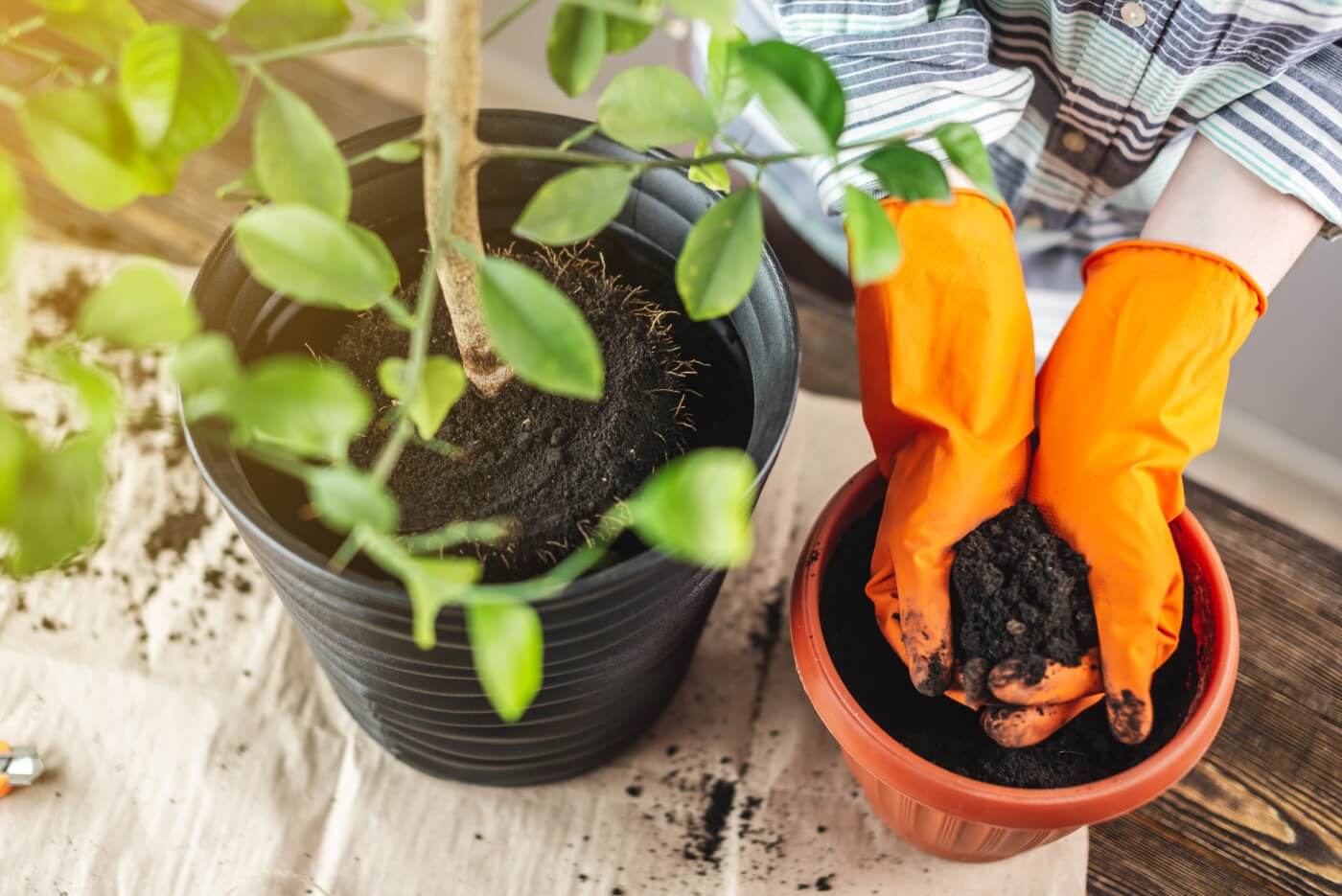
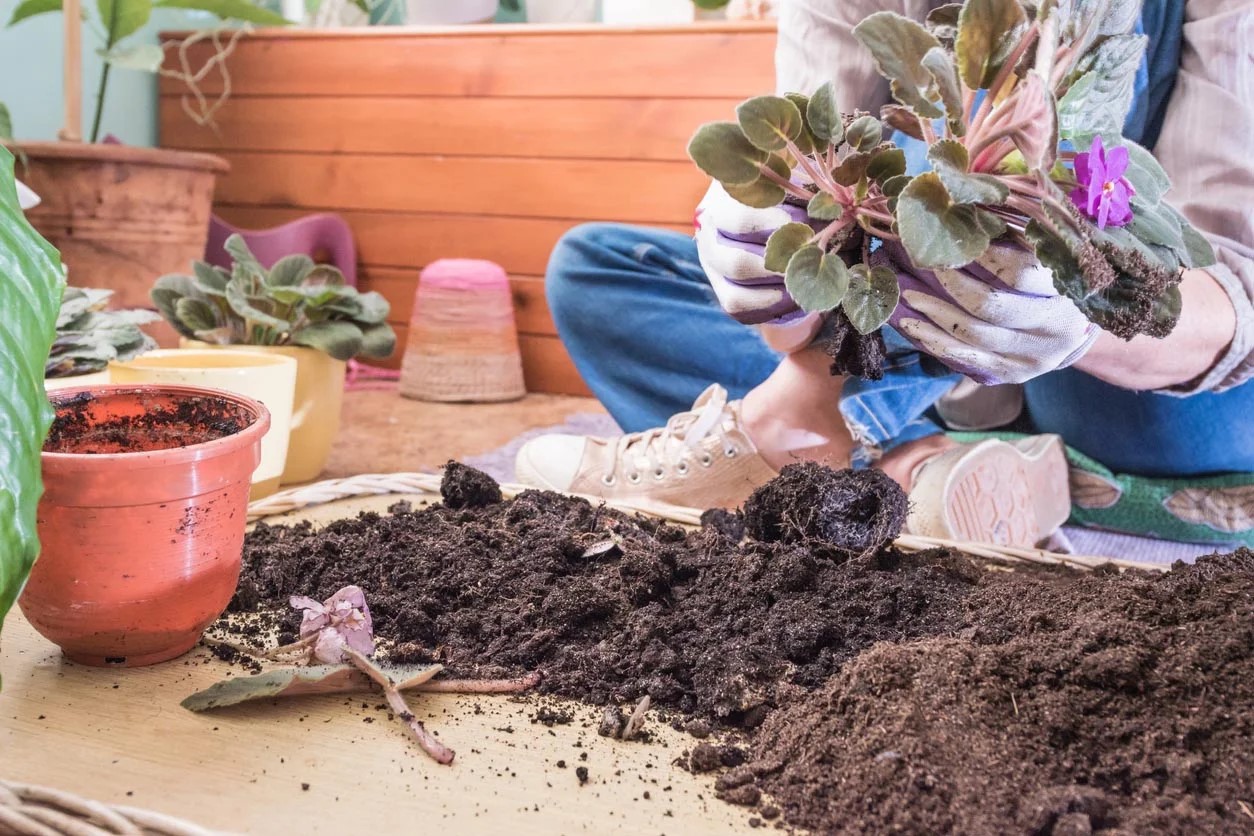
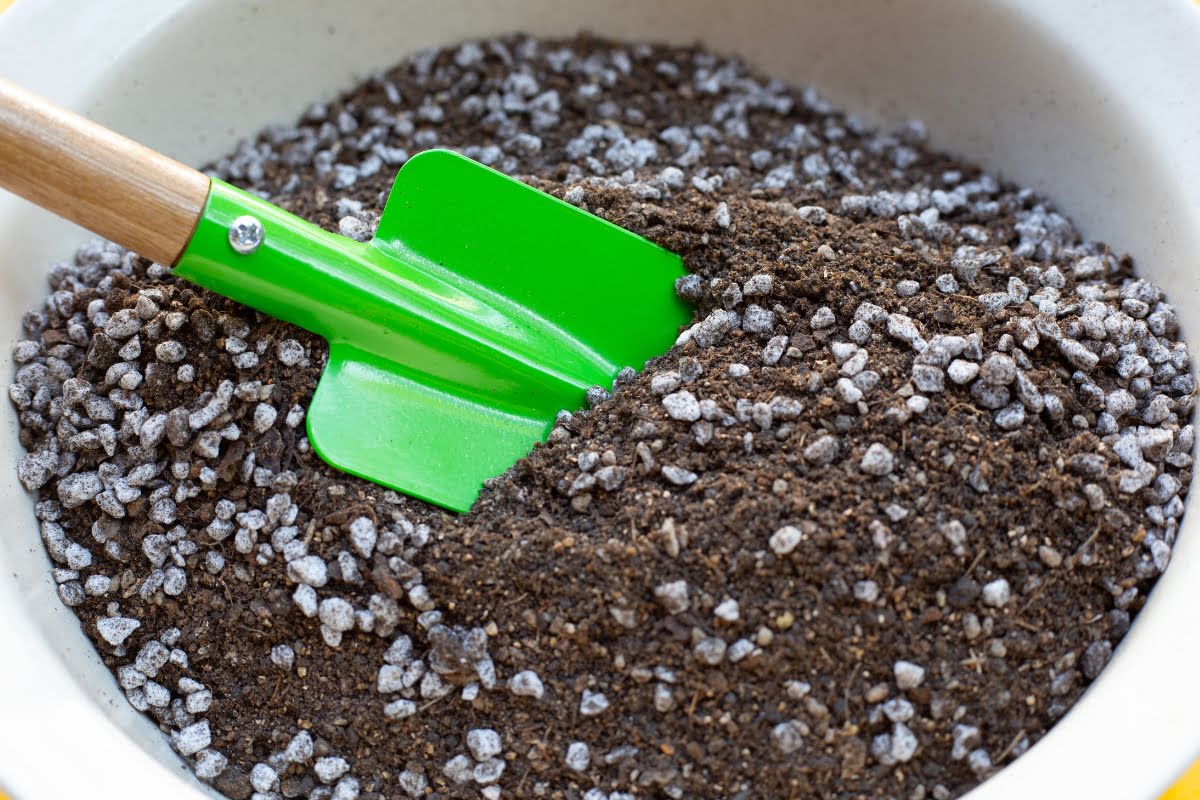
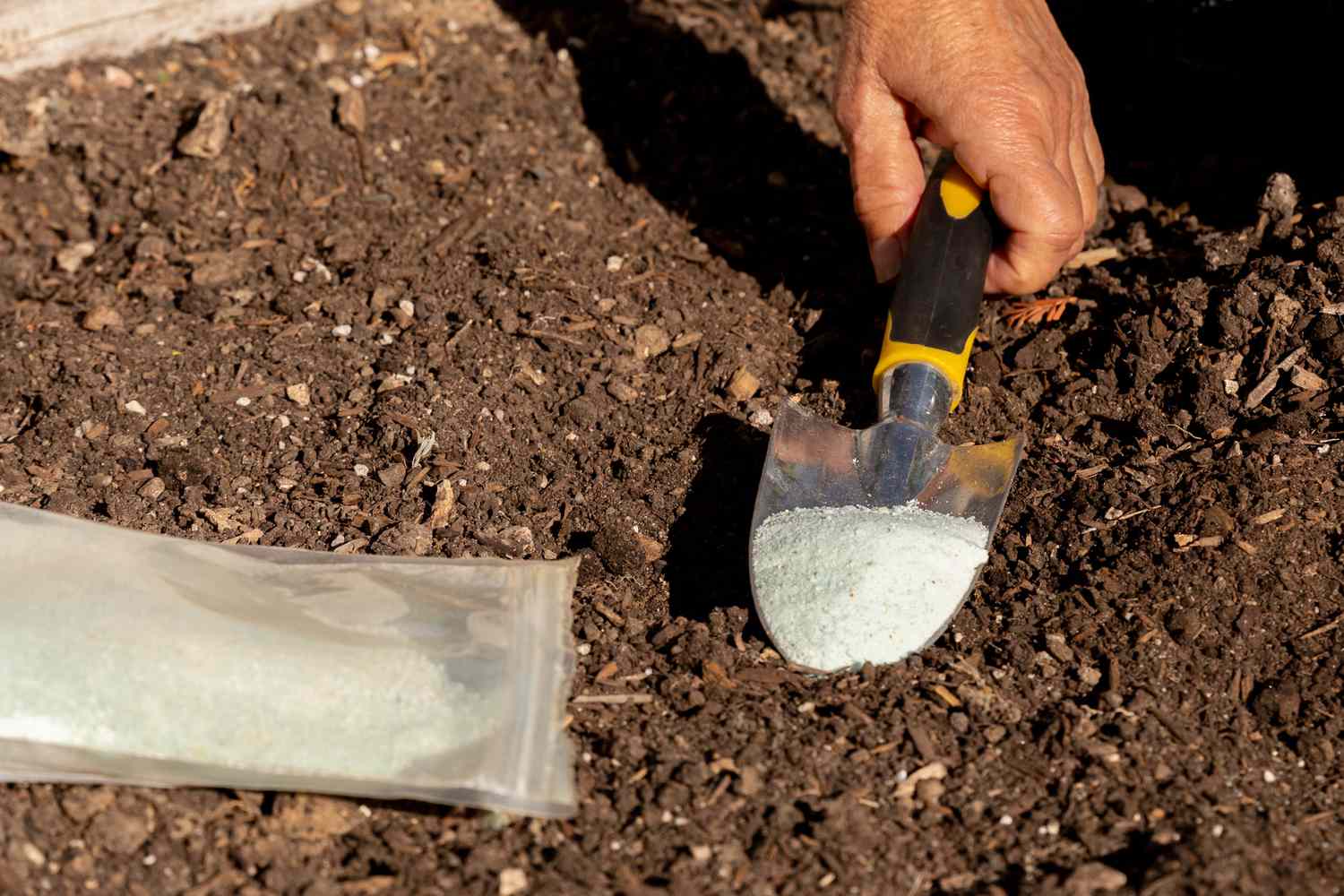
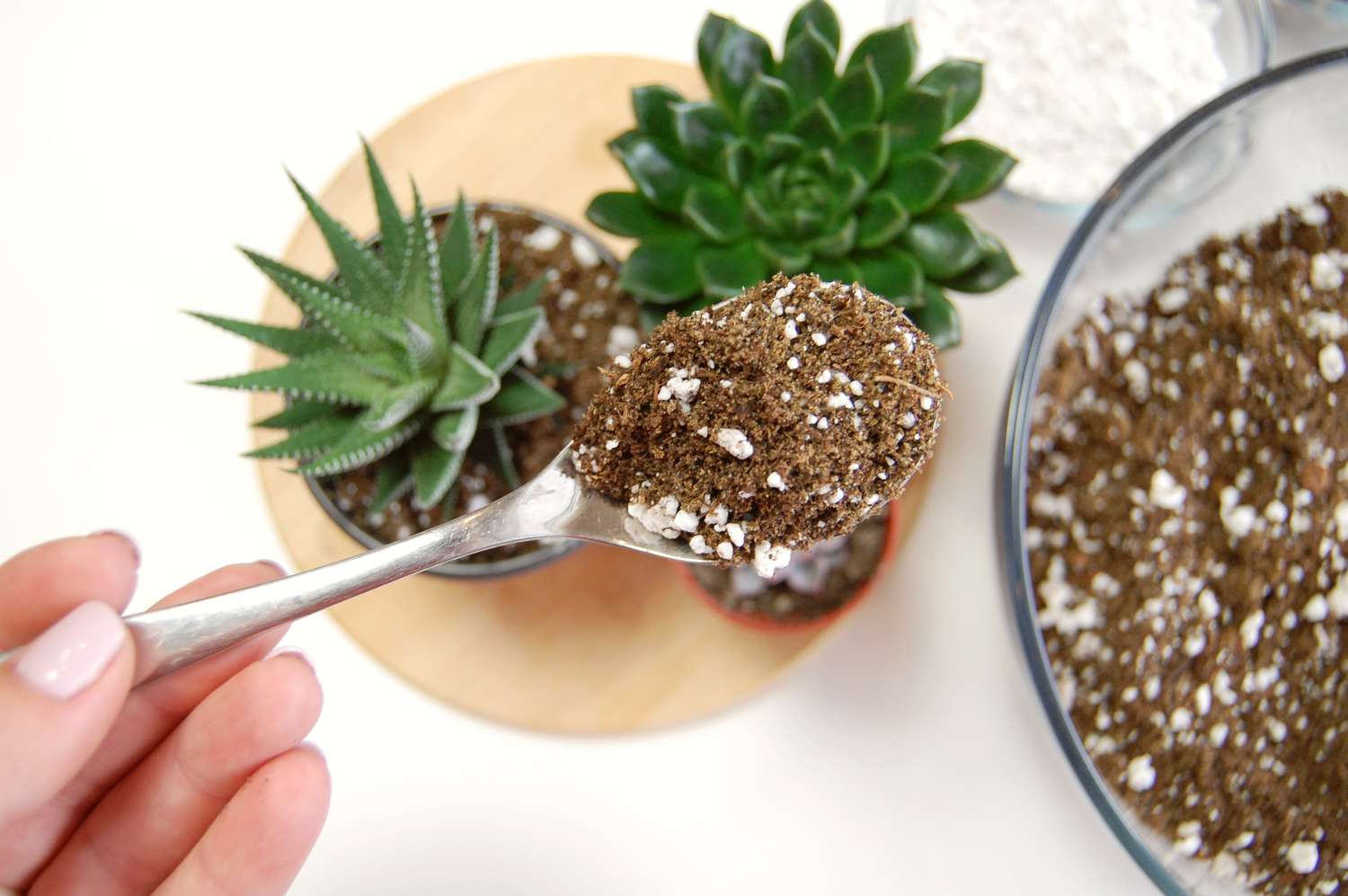
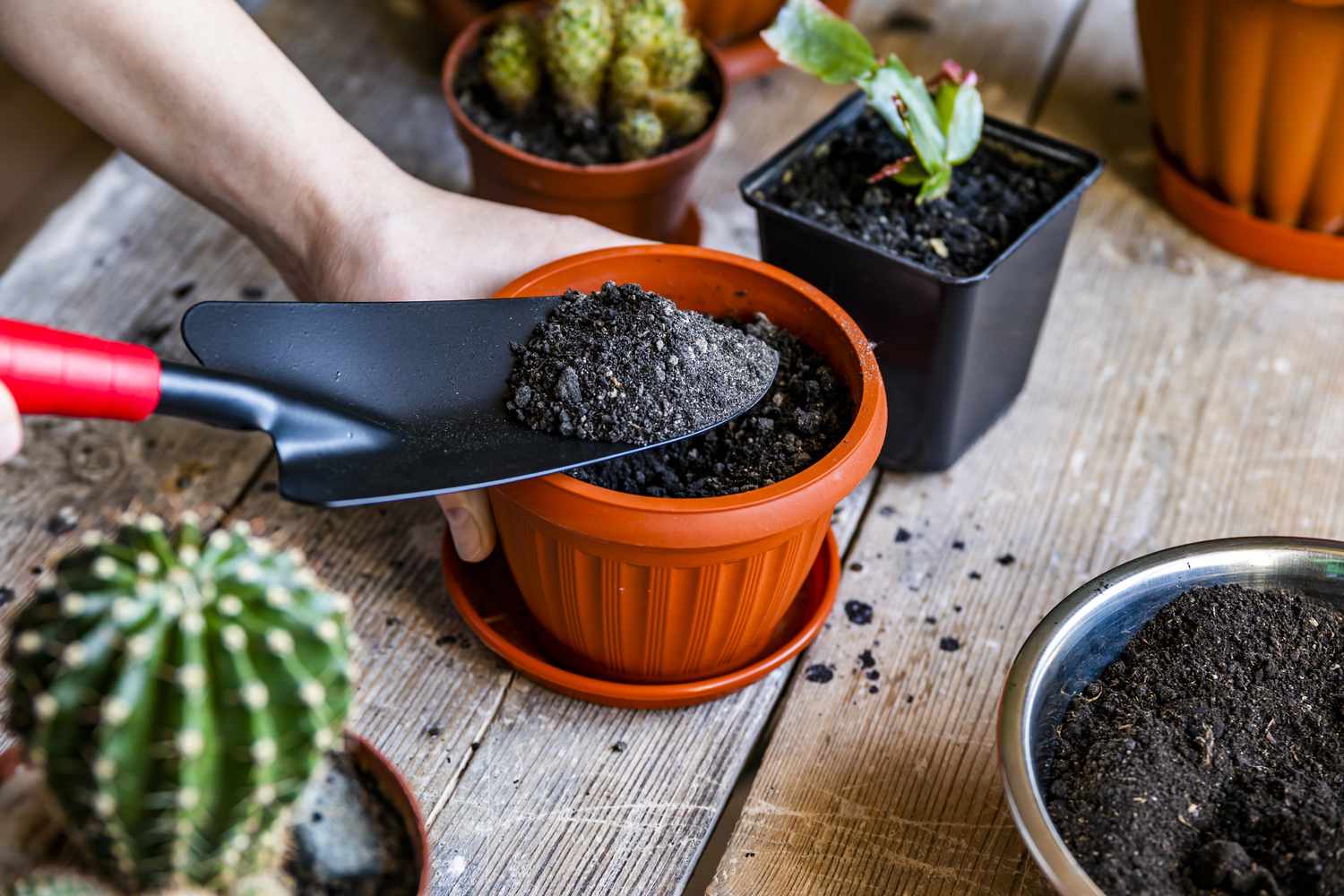
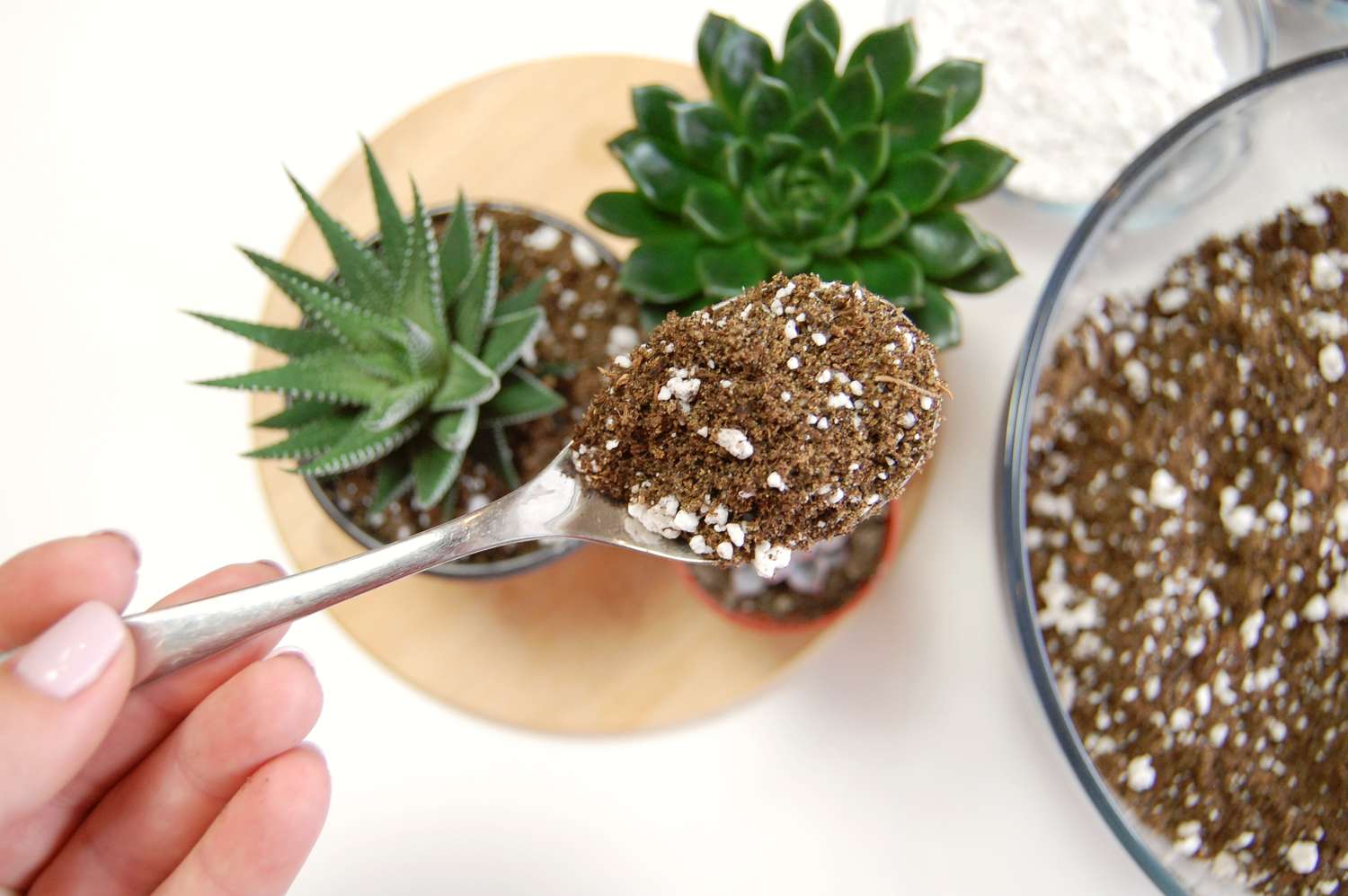
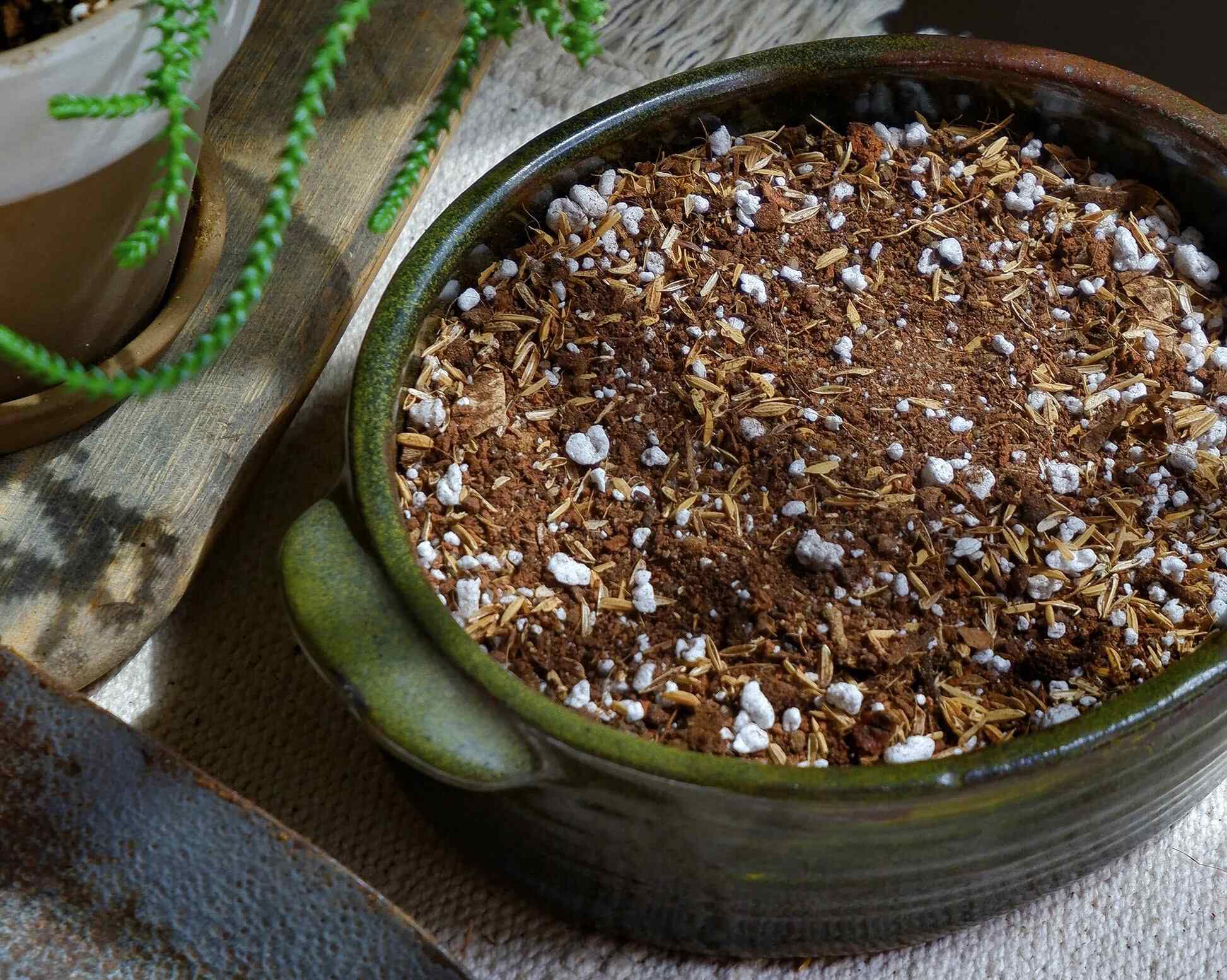
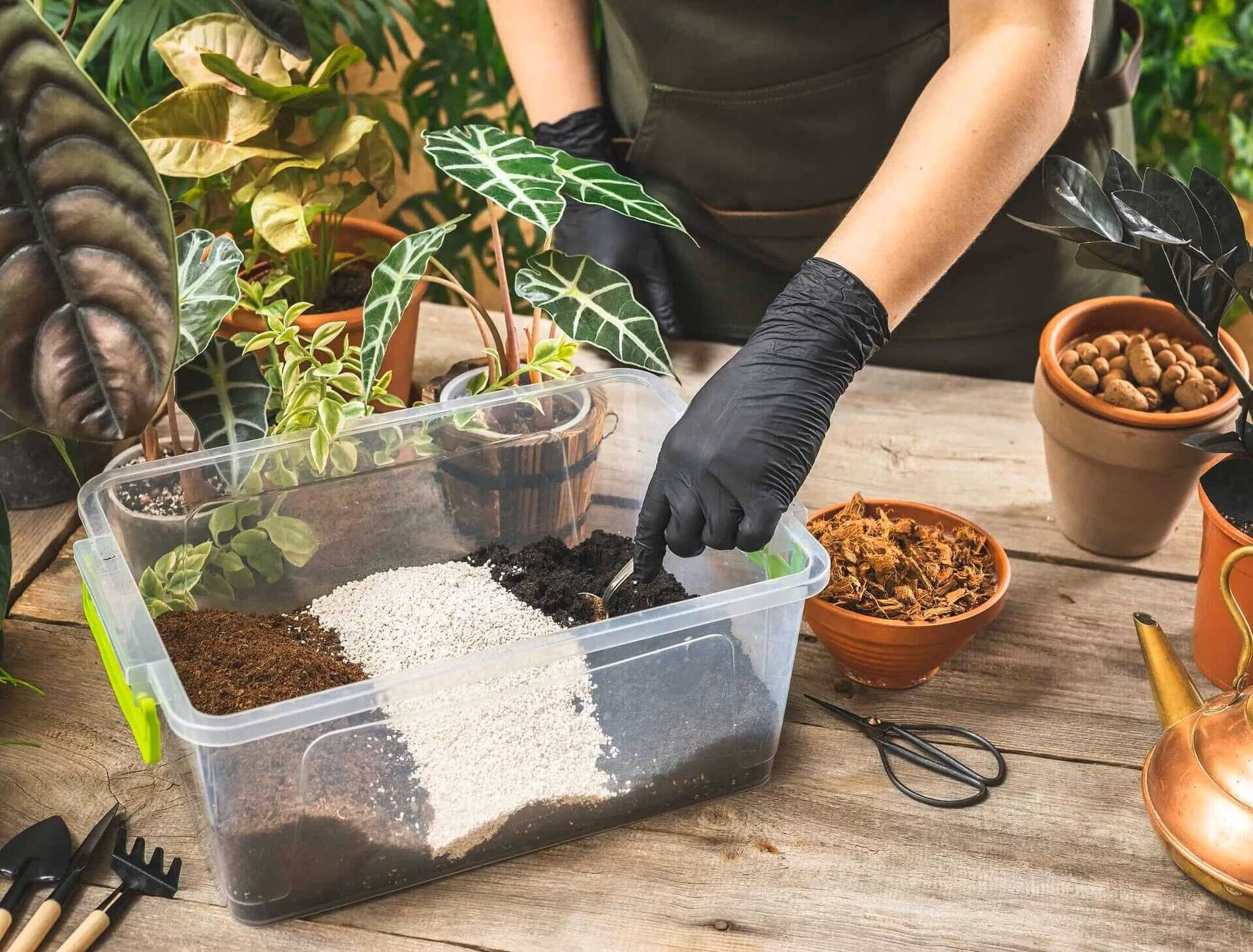
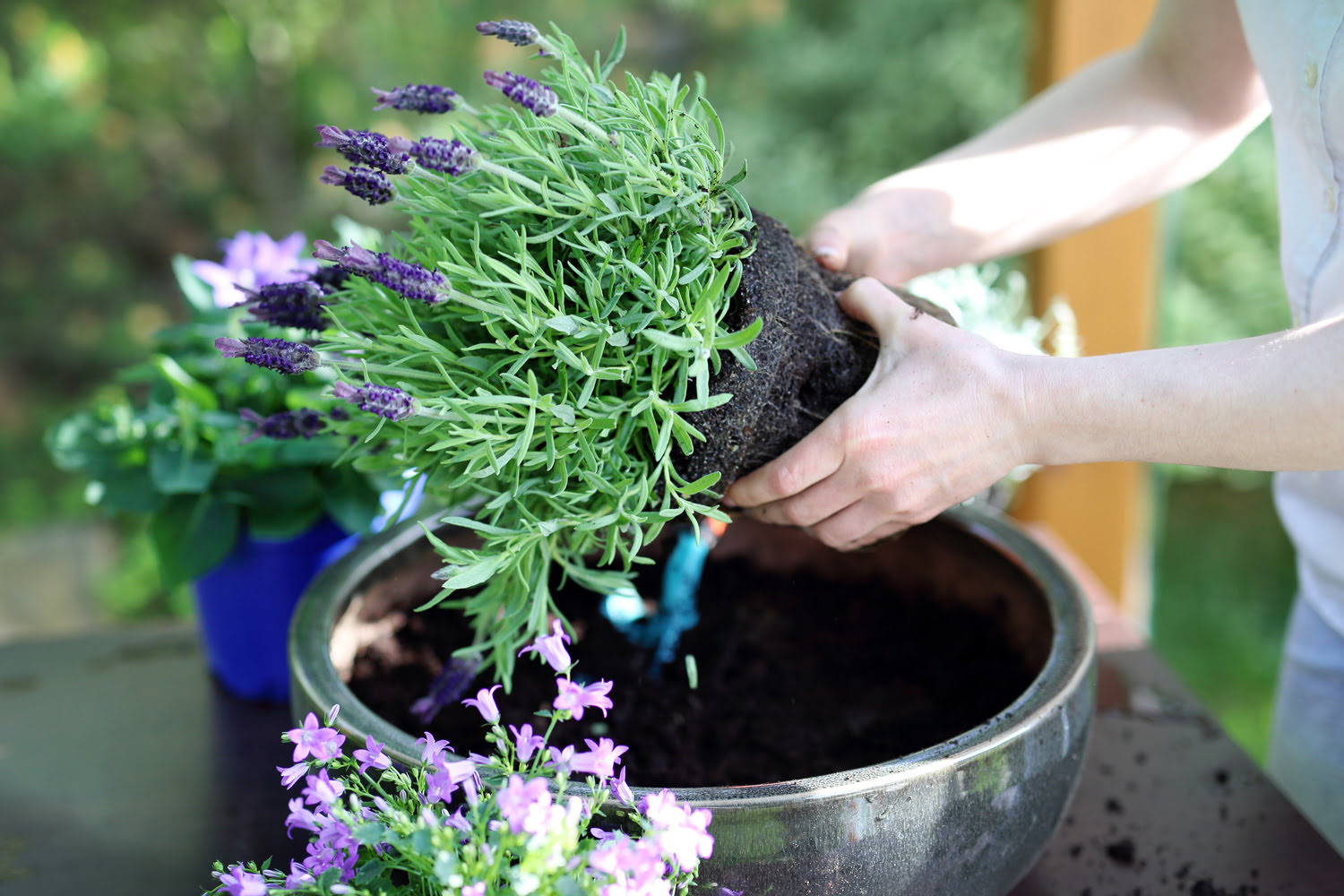
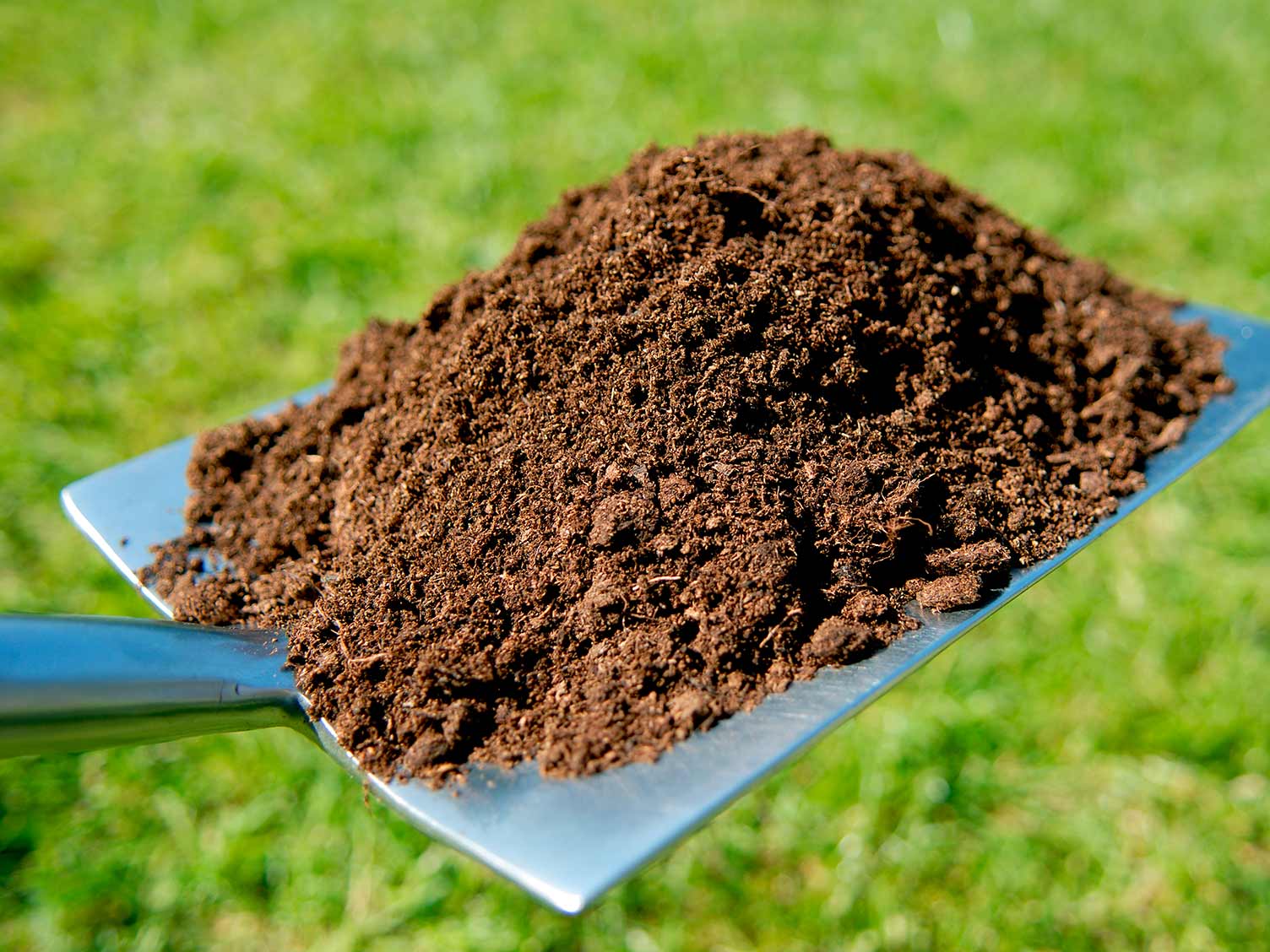

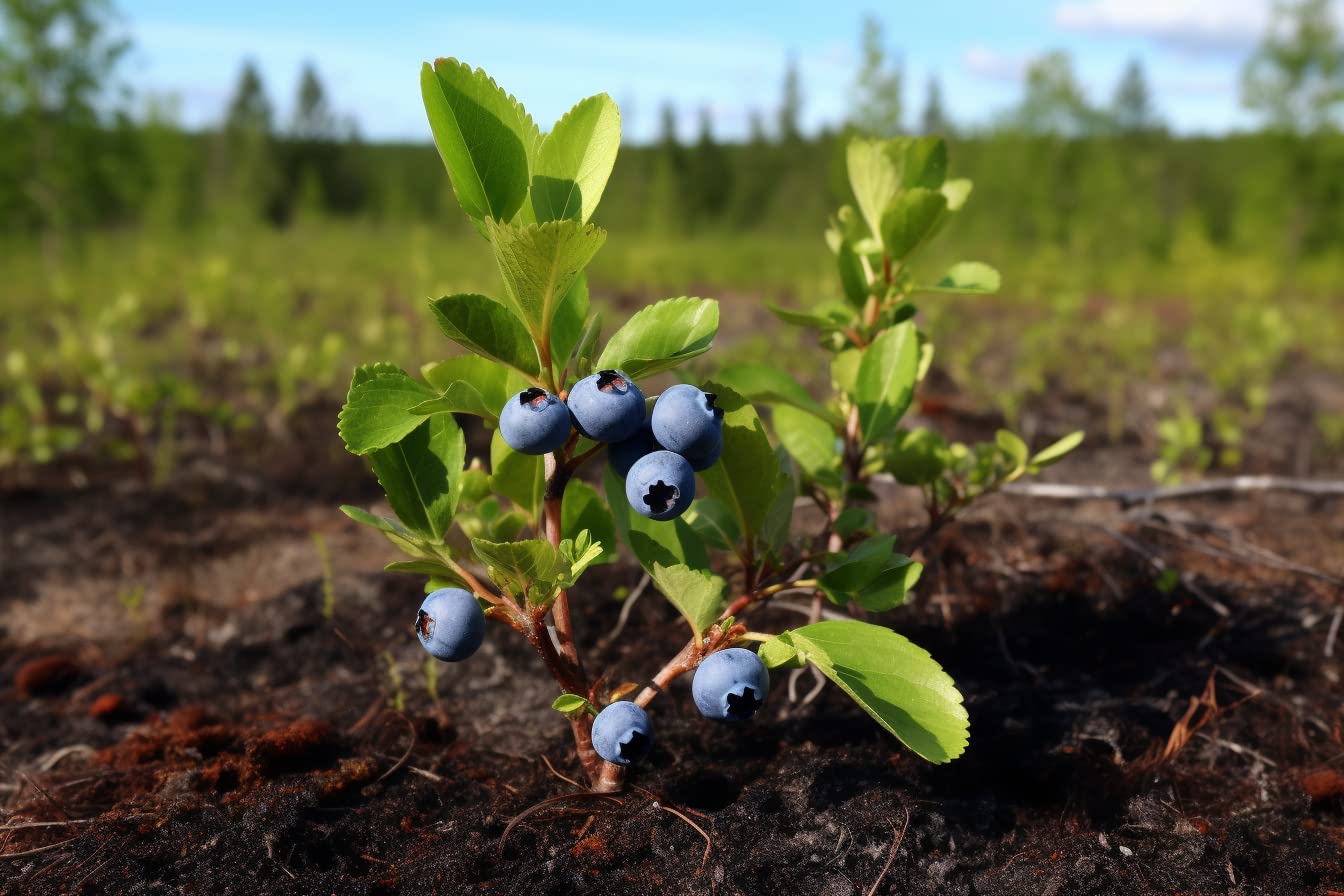

0 thoughts on “How To Make A Neutral Loamy Soil Mix”